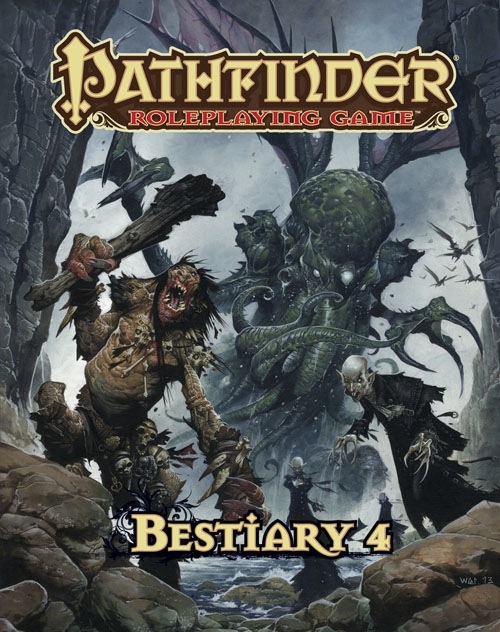
Dexterity (Dex)ĭexterity measures agility, reflexes, and balance. Your Strength score determines your characters carrying capacity. Strength checks (for breaking down doors and the like).

A Strength penalty, but not a bonus, applies to attacks made with a bow that is not a composite bow.) (Exceptions: Off- hand attacks receive only half the character’s Strength bonus, while two- handed attacks receive 1–1/2 times the Strength bonus. Damage rolls when using a melee weapon or a thrown weapon, including a sling.You apply your character’s Strength modifier to: Some creatures do not possess a Strength score and have no modifier at all to Strength- based skills or checks. A character with a Strength score of 0 is too weak to move in any way and is unconscious. Strength also sets the maximum amount of weight your character can carry. This ability is important for those who engage in hand- to- hand (or “melee”) combat, such as beastmasters, dark knights, fighters, holy knights, knights, monks, and some red mages. Strength measures muscle and physical power. These numbers are generated via dice rolls or a point buy system (determined by your DM) at character creation and are considered permanent attributes of your character. Each ability partially describes your character and affects some of his or her actions. Ability ScoresĪs per the ruleset of Pathfinder, your character is made up of six ability scores–Strength, Dexterity, Constitution, Wisdom, Intelligence, and Charisma.

Similarly, a blinded creature attempting to negotiate difficult terrain would count each square as 4 squares (doubling the cost twice, for a total multiplier of ×4), rather than as 3 squares (adding 100% twice). A creature whose size doubles (thus multiplying its weight by 8) and then is turned to stone (which would multiply its weight by a factor of roughly 3) now weighs about 24 times normal, not 10 times normal. When applying multipliers to real- world values (such as weight or distance), normal rules of math apply instead. Thus, a double (×2) and a double (×2) applied to the same number results in a triple (×3, because 2 + 1 = 3). When two or more multipliers apply to any abstract value (such as a modifier or a die roll), however, combine them into a single multiple, with each extra multiple adding 1 less than its value to the first multiple. As long as you’re applying a single multiplier, multiply the number normally. Sometimes a rule makes you multiply a number or a die roll. In general, if you wind up with a fraction, round down, even if the fraction is one- half or larger.Įxception: Certain rolls, such as damage and hit points, have a minimum of 1. One (designated before you roll) is the tens digit. You generate a number between 1 and 100 by rolling two different ten- sided dice. Any number after that indicates a quantity that is added or subtracted from the result.ĭ%: Percentile dice work a little differently. The number immediately after the “d” tells you the type of die to use. The first number tells you how many dice to roll (adding the results together). Diceĭice rolls are described with expressions such as “3d4+3,” which means “roll three four- sided dice and add 3” (resulting in a number between 6 and 15). If the result is lower than the target number, you fail.

If the result equals or exceeds the target number, your character succeeds.


 0 kommentar(er)
0 kommentar(er)
